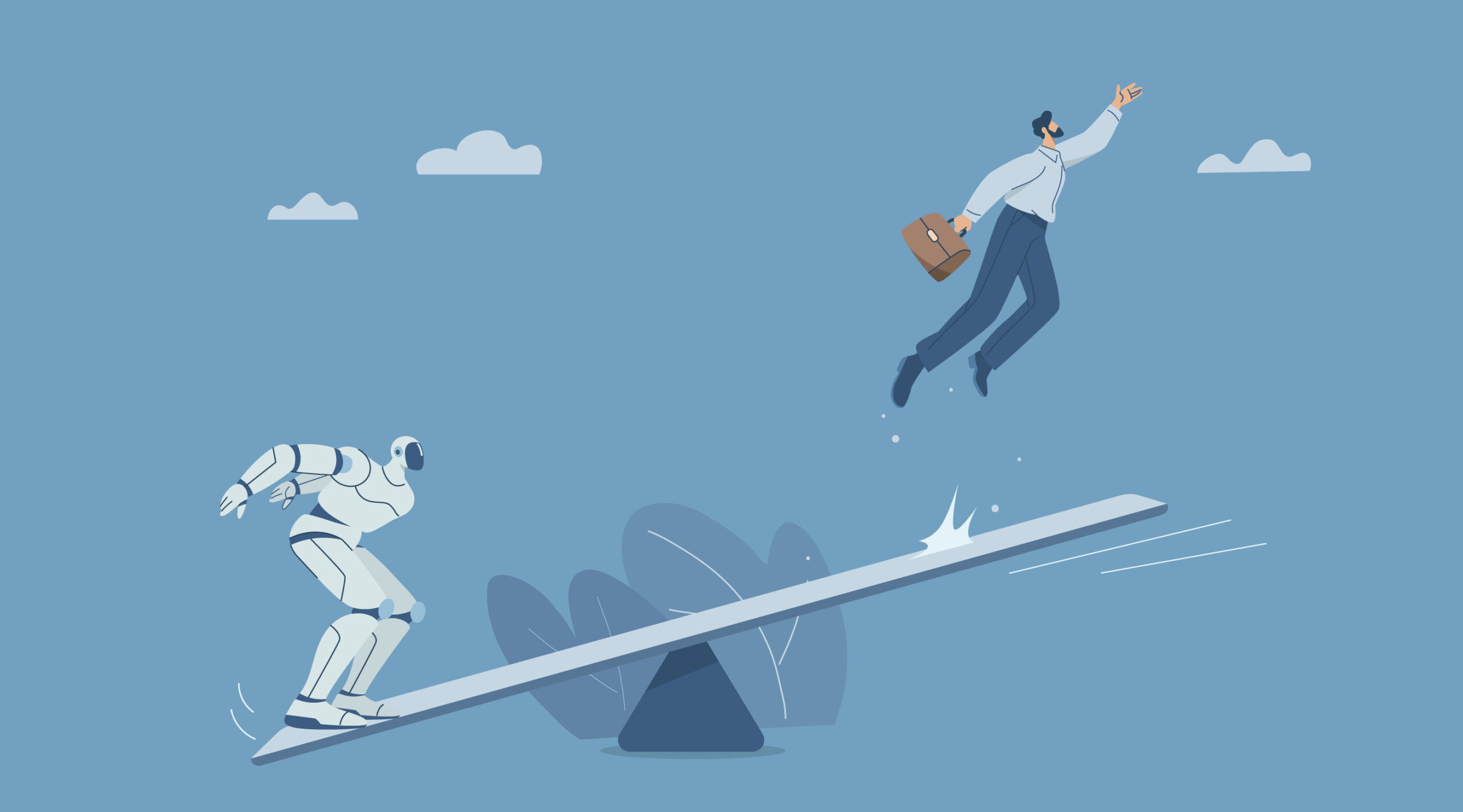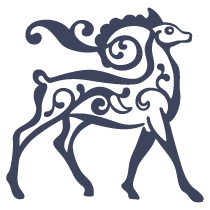
AI isn’t crashing into the creative industry the way people imagined.
It’s slipping in quietly, sitting beside writers, designers, filmmakers, musicians, and photographers — and changing the way we work in small but meaningful ways.
Instead of replacing creative professionals, it’s becoming that extra pair of hands every team wishes they had: fast, accurate, and surprisingly good at the boring parts so humans can focus on the fun stuff.
Here’s a real-world look at how AI is actually being used today — not the hype, not the sci-fi.
1. Writing Becomes Faster, Not Lazier
Most content teams today use AI the same way writers use caffeine — to get started faster.
Tools help with:
- generating rough outlines
- turning scattered notes into something coherent
- suggesting headlines or variations
- early drafts that humans refine
It doesn’t replace the human voice (not even close), but it does stop writers from getting stuck on the blank page.
The biggest impact?
Teams can now produce 2–3x more content without losing quality — because the heavy lifting still comes from humans.
2. Design Workflows Are Smoother Than Ever
Designers aren’t using AI to “replace themselves.”
They’re using it to avoid death-by-repetitive-tasks.
Day-to-day improvements:
- faster logo variations
- automated resizing for 20+ formats
- instant color palette suggestions
- typography pairings based on style, not guesswork
AI can throw 20 ideas on the table in 20 seconds.
The designer still chooses the good one and makes it actually usable.
Clients get faster delivery.
Designers get more time for the real creative thinking.
Win-win.
3. Video Production Isn’t a Nightmare Anymore
Anyone who has edited even a small video knows the pain: cutting, trimming, fixing audio, correcting color… hours lost.
AI tools now handle:
- rough-cut assembly
- filler word removal
- auto subtitles
- color matching across clips
- quick voiceovers without studio time
Video teams still need editors — but editors waste far less time on grunt work.
Small businesses that earlier avoided video due to cost are finally stepping into it.
4. Music and Audio Get a Boost, Even for Non-Musicians
For musicians and podcasters, AI feels like having a tiny invisible sound engineer sitting next to you.
What it helps with:
- cleaning background noise
- automatic mastering
- quick soundtrack variations for brand videos
- music generated based on mood or tempo
It doesn’t create chart-topping hits… but it does help creators get clean, usable audio without premium equipment.
5. Gaming Worlds Feel Alive, Not Scripted
Modern games feel more dynamic because of AI running behind the scenes, adjusting:
- NPC behaviour
- difficulty levels
- story branching
- world-building variations
Instead of predictable characters repeating the same lines, NPCs feel more reactive and responsive.
It’s subtle, but players notice.
This is the one space where AI genuinely deepens creativity rather than speeding it up.
6. Photography Editing Becomes Lightning Fast
Whether you shoot on a phone or a DSLR, AI has become the new invisible editing assistant.
It helps with:
- skin touch-ups
- sky replacement
- auto noise reduction
- composition suggestions
- color matching across an entire album
Photographers aren’t losing their jobs — they’re getting their evenings back because editing doesn’t consume their life anymore.
7. Fashion and Product Design Become Data-Backed, Not Guesswork
AI is actually useful here because it studies behaviour at a scale humans simply can’t.
It spots:
- emerging color trends
- silhouettes gaining traction
- patterns people engage with
- region-wise style preferences
It also powers virtual try-ons and sizing simulation, reducing return rates for e-commerce brands.
For designers, it’s like having a research team that never sleeps.
So… Is AI Taking Over Creativity?
No.
It’s removing friction.
Creative people are still the ones:
- setting direction
- judging taste
- storytelling
- making aesthetic decisions
- bringing the emotional layer AI can’t replicate
AI just handles the heavy lifting so humans can stay in the zone longer.
The creatives who learn how to use these tools — not fear them — will move faster, pitch better ideas, and deliver more consistently than anyone stuck in old workflows.
